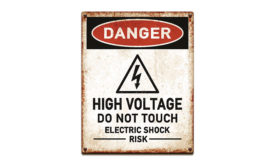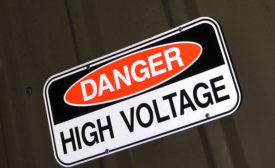Home » electrical safety
Articles Tagged with ''electrical safety''
Training
IEEE 1584: What to know about your next arc flash analysis
Complex calculations
April 1, 2020
Making sense of NFPA 70E
A proactive approach to maintaining your electrical assets
January 1, 2020
Get our new eMagazine delivered to your inbox every month.
Stay in the know on the latest safety trends.
SUBSCRIBE TODAYCopyright ©2024. All Rights Reserved BNP Media.
Design, CMS, Hosting & Web Development :: ePublishing








